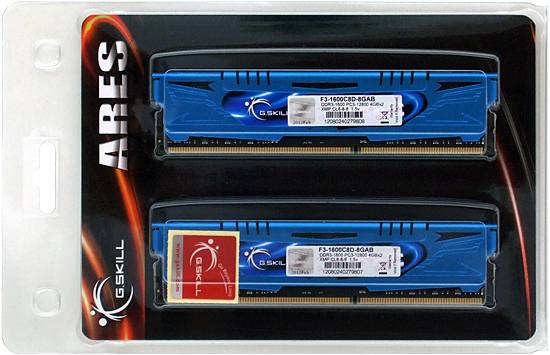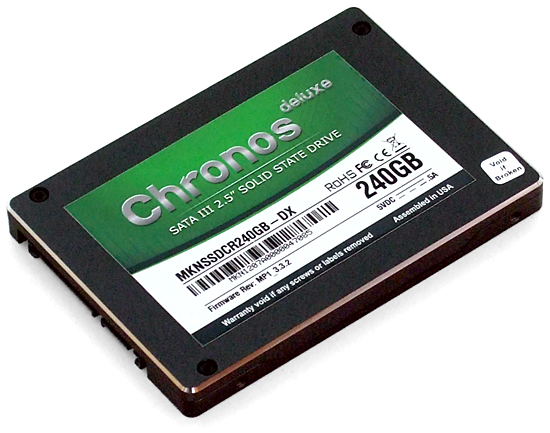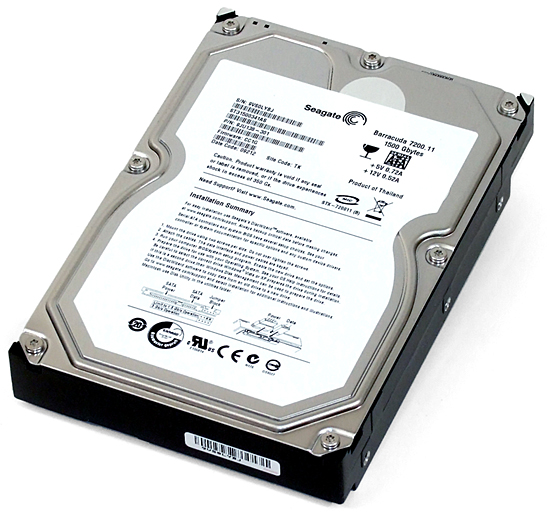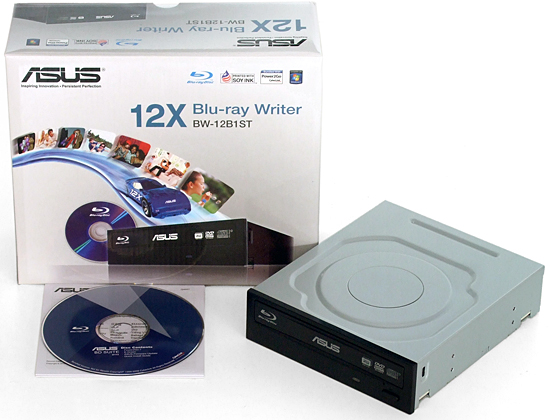System Builder Marathon, Q4 2012: $2,000 Performance PC
Memory And Storage
System Memory: G.Skill Ares DDR3-1600 CAS 8
Memory overclocking usually has little effect on benchmark performance, so I prefer to spend most of my tuning time focused on the CPU and graphics subsystem. G.Skill’s Ripjaws memory gives me the consistency needed to shorten the overclocking process, along with good stock speed performance and a moderate price.
Read Customer Reviews of G.Skill's 8 GB Ares DDR3-1600 Memory Kit
A few builds ago, we discovered that the same modules used in G.Skill’s Ripjaws series are available with a shorter heat spreader under its Ares brand. The lower-profile heat spreaders allow a wider range of CPU coolers to be used, and we've never had an issue with overheating memory chips.
The company's F3-1600C8D-8GAB kit provides two 4 GB modules running at DDR3-1600 data rates and 8-8-8-24 rated latencies.
SSD: Mushkin Enhanced Chronos Deluxe 240 GB
Our storage editor continues to recommend Mushkin’s MKNSSDCR240GB-DX, making it an easy choice for this motherboard editor. In Andrew Ku’s words, “There are several 240 and 256 GB drives near the $160 price point, but we're choosing the Enhanced Chronos Deluxe because it sports Toggle-mode NAND, putting it at the top of our performance hierarchy chart.”
Read Customer Reviews of Mushkin's Enhanced Chronos Deluxe 240 GB SSD
Hard Drive: Seagate Barracuda 7200.11 1.5 TB
Technology doesn’t progress very quickly in the mechanical storage market, which is where we go when we need somewhat-fast storage for very large files. Revealed as a top performer a mere four years ago, Seagate’s ST31500341AS found its way into this more modern build based on its price alone.
Read Customer Reviews of Seagate's Barracuda 7200.11 1.5 TB Hard Drive
Optical Drive: Asus BW-12B1ST BD-RE
Asus calls this the world’s fastest Blu-ray burner. But, at $80 including software, we call its BW-12B1ST a bargain.
We like having the ability to back up our entire hard drive on a handful of optical discs. And anyone who would like to transcode their Blu-ray movie collection for storage on a media server must first have an optical drive that can read it.
Current page: Memory And Storage
Prev Page Graphics, CPU, And Motherboard Next Page Case, Cooling, And PowerGet Tom's Hardware's best news and in-depth reviews, straight to your inbox.
-
Crashman NovuakeYeah, should have gone for an ASRock board at the same price point...Maybe, maybe not, motherboard market has changed a little since the parts were bought and I've since seen some D5-series Gigabyte boards (with their better PWM) drop to $150...at least temporarily.Reply -
For the next SBM build, use the "SAMSUNG 8GB (2 x 4GB) DDR3 1600 (PC3 12800) MV-3V4G3D/US". People are posting low timings with very high frequencies. Plus it is low profile (half the size of every other non-heatsink memory modules on the market) and operates at 1.35v (overvolt it to 1.65v without worry).Reply
http://www.newegg.com/Product/Product.aspx?Item=N82E16820147096 -
kj3639 After building that awful piledriver rig you go ahead and do something like this... and totally REDEEM YOURSELVES!!!Reply
-Good Job -
herooftimex Suggested changes:Reply
Core i5 3570k - savings of $120
2x - MSI N670 PE 2GD5/OC - $800 (gtx 670 OC'd to 1019 core clock)
Rosewill FORTRESS-750 - $140 (80 plus platinum + 7 year limited warranty)
LIAN LI PC-7B plus II - $100 (gamer cases look tacky, less is more) -
Darkerson kj3639After building that awful piledriver rig you go ahead and do something like this... and totally REDEEM YOURSELVES!!!-Good JobThey really had nothing to redeem themselves about. They went with something a little different, just to try it out. Id rather they go off the beaten path so we can get a better idea of how these builds would turn out without having to buy and build them ourselves.Reply
Also, if they didnt try something different, they would almost always be cookie-cutter builds until the next big thing came out. No thanks!
At any rate, this is a really nice build. Have to say, though, I would be happy to win any of these. -
C12Friedman My first thought, I kept going back to it also, was the motherboard, why? I kept going 2nd page, 1st page, 2nd page, back to first page, confusion reigned in my head. Took me a while to get past the second page. But since it was addressed at the end of the article, I guess it's known.Reply -
One think to consider are both Q3 and Q4 systems future proof. It's important for games and serious task to be able to extend life of your PC and Q4 in this category is certainly penny wise but pound foolish.Reply









